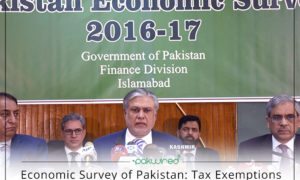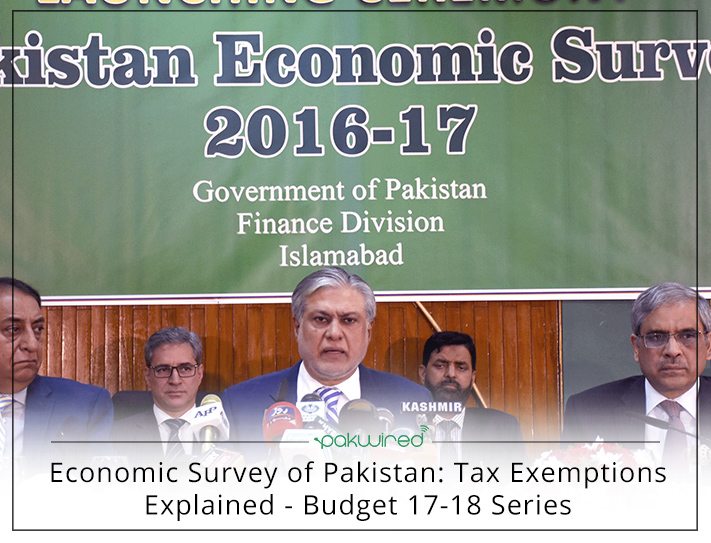Tax exemptions increased by 5 percent to Rs415.8 billion after two successive years of reduction. The two previous fiscal cycles had seen tax exemption decline by a whopping Rs300 billion (cumulative).
The Economic Survey 2016-17 has seen removal of tax exemptions to Independent Power Producers (IPP). As of now, we are unaware of the exact reason of removal of tax exemptions. The net impact of the removal will result in Rs50 billion that will not be reported under tax exemptions.
Also Read: 25% On Dividend Income: Non-filers Of Tax Returns To Be Penalized Heavily In Budget 2017-18
IPP’s have been enjoying tax exemptions on profits since 1994. The IPP industry sentiment remains that of a surprise on the move while we are yet to receive any direct comments from the government authorities.
Customs related Exemptions
The customs exemptions increased to Rs151.7 billion up from Rs120 billion – an increase of 26.4 percent. A major portion of the increase is coming from increase in “cost of concessions’ under the fifth schedule. The figure which is Rs63 billion now was at a lowly Rs30.6 billion last year.
The second major chunk of tax exemptions is result of ‘Free Trade Agreements’ (FTA’s) with China, Malaysia, and Sri Lanka. The cost of revenues because of the FTA with China remains the highest at Rs31.6 billion. Other notable numbers include Sri Lanka (Rs2.5 billion), Malaysia (Rs1.9 billion), Indonesia (Rs3.3 billion) and South Asian Free Trade Area agreement (Rs1.2 billion).
Iran received a total snub with no revenue cost reported with Iran. The Economic Cooperationa Organization countries also have been downgraded from Rs73 million (Rs. 247 million in 2015 – 70 percent decline)
Income Tax related Exemptions
The corporate tax rates exemptions have now reached Rs12 billion – 87 percent of total tax exemption value of 2016-17. The remaining amount is split between education expenses, tax credit for expansion in existing industries, new industries, and sales to registered taxpayers.
The capital gains exemption worth Rs1.7 billion is also removed from the survey for 2016-17.
Sales Tax related Exemptions
Sales tax exemptions increase to Rs250 billion in 2016-17 versus Rs207.3 billion, an increase of almost 21 percent. 2014-15 saw the government shifting exemptions based on statutory regulatory orders (SROs) into the schedules of the Sales Tax Act of 1990.
Also Read: Industry Status And Tax Relief: Telcos Come Forward With Charter of Demands Before Budget 17-18
Five export sectors — leather, textile, carpets, surgical and sports goods increased to Rs50.4 billion in 2016-17 (16 percent increase). Consumer items saw exemptions grow to Rs156.9 billion from Rs128.9 billion. Imported goods under specified conditions are now liable to Rs16.4 billion in terms of exceptions.
Government’s failure to eliminate exceptions
The government started a gradual plan in 2013 to eliminate exceptions under SRO. The numbers despite fluctuating in the years remain constant. If the government had eliminated those SROs, the reduction would have reflected in the FY17 economic survey. The survey, however, still reflects the SRO based exceptions despite not reporting exemptions granted to IPPs.
An SRO is an executive order granting special tax treatment for an individual, industry or sector. It is usually issued on the directive of the finance minister, the cabinet’s Economic Coordination Committee or on Federal Board of Revenue’s proposal.


